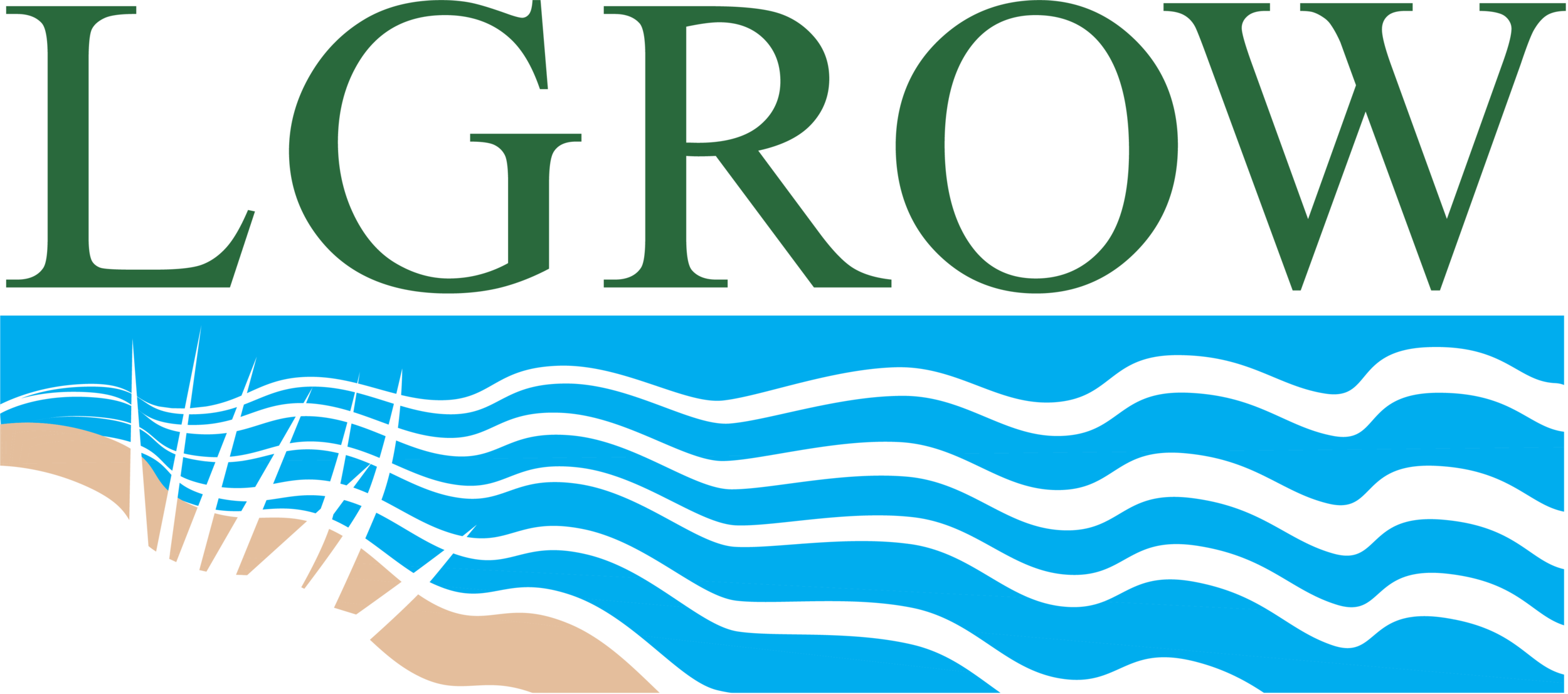Menominee River Restoration Achieves Goals
For Immediate Release: June 26, 2017
Contact:
Rachel Coale, Office of the Great Lakes, coaler@michigan.gov, 517-290-4295
Menominee River Restoration Achieves Two Major Recovery Goals: Community’s river healing through partnerships and Great Lakes Restoration Initiative
The Michigan Department of Environmental Quality (MDEQ) Office of the Great Lakes today announced two major advances in the recovery of the Lower Menominee River Area of Concern (AOC). Restrictions on dredging and impairments to aquatic life in the riverbed are no longer considered problems due to successful restoration activities.
The Lower Menominee River, which separates the sister cities of Marinette, Wisconsin and Menominee, Michigan, was designated as a federal AOC under the 1987 Great Lakes Water Quality Agreement due to contamination from historic industrial activities. The contamination impaired sediment, habitat, and aquatic life in the river, quantified as Beneficial Use Impairments (BUIs) in need of restoration.
The AOC program in the Michigan Office of the Great Lakes coordinated efforts with the Wisconsin Department of Natural Resources (WDNR) Office of the Great Lakes to restore the river and remove the Restrictions on Dredging Activities and Degradation of Benthos BUIs. The state agencies provided technical assistance, tracking, and a portion of funding through the Great Lakes Restoration Initiative (https://www.glri.us/).
The U.S. Environmental Protection Agency agreed with MDEQ and WDNR recommendations to declare the impairments restored based on a review of environmental data. View the recommendations on Michigan’s Menominee River AOC at http://www.michigan.gov/deq/0,4561,7-135-3313_3677_15430_57388---,00.html.
This achievement brings Michigan its 43rd and 44th BUI removals from an original 111, resulting in a 40 percent restoration total. This reflects great success and compares to a regional average of approximately 24 percent.
Projects initiated across the AOC through the Great Lakes Legacy Act, Resource Conservation and Recovery Act, and MDEQ and WDNR activities removed heavy metals (specifically arsenic), oil and grease, and polycyclic aromatic hydrocarbons (harmful chemicals released from the burning of coal, oil, and gasoline) from the river. These projects resulted in improved sediment quality, allowing for the recovery of aquatic life in the riverbed.
“This achievement, made possible through federal, state, and local partnerships, is the result of investments in making our Great Lakes communities healthier,” said Jon W Allan, Director of Michigan’s Office of the Great Lakes.
Learn more about how the Office of the Great Lakes works to protect, restore, and sustain Michigan’s water resources at www.michigan.gov/deqogl.
